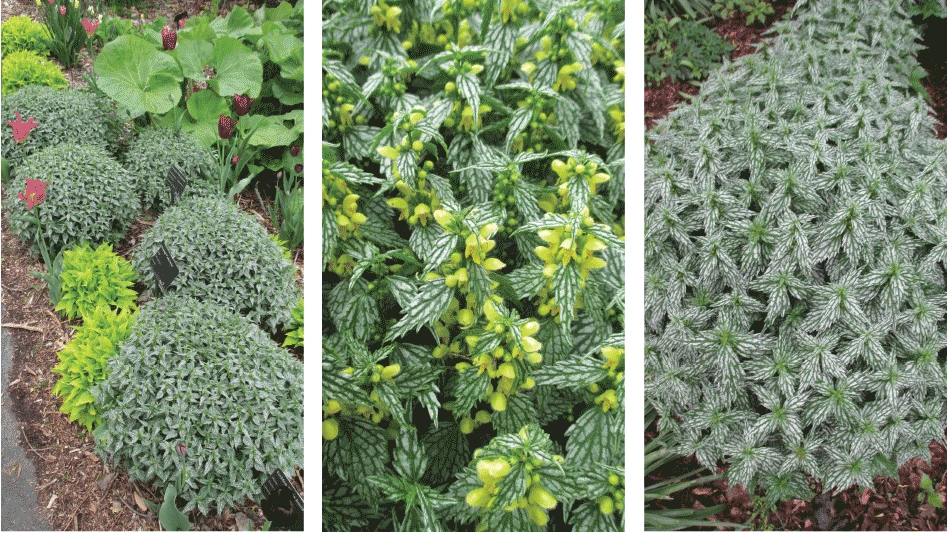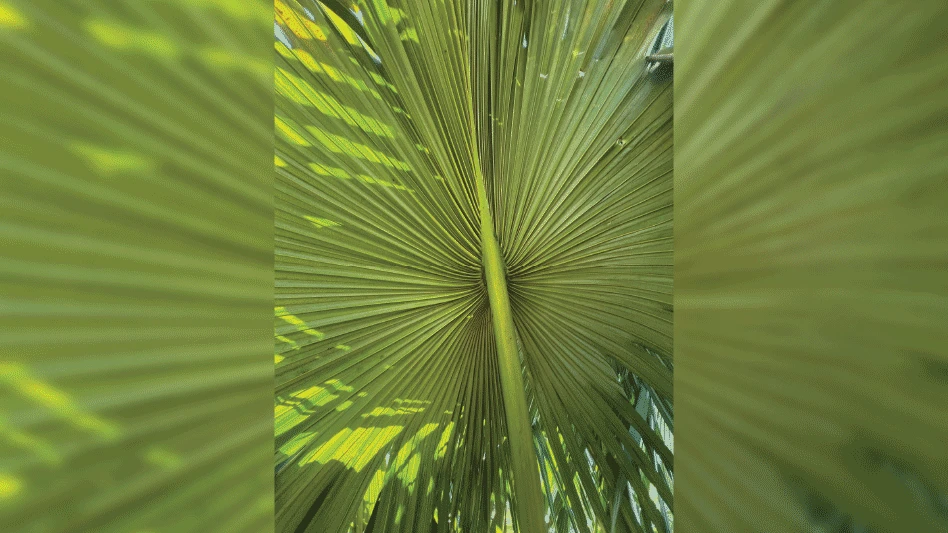 For certain jobs, you may want to hire eight-year-old consultants.
For certain jobs, you may want to hire eight-year-old consultants.
The Perennial Farm started using QR codes on its tags three years ago. QR codes are two-dimensional barcodes that can hold many times more information than traditional one-dimensional barcodes in a smaller space. The technology, which was invented by Toyota for use as a vehicle tracking system, has spread like wildfire as more consumers adopt smartphones with built-in cameras and data scanning capabilities.
Ed Kiley, director of sales and marketing for The Perennial Farm, was ready to leverage this technology to help sell the company’s plants. First, Kiley had set up the codes to direct mobile phone users to the nursery’s website.
“I was all excited about that,” Kiley said. “I got my Android smartphone and scanned the code, and thought ‘Gee, this really works. I’m at the Perennial Farm website.’ I showed it to my eight-year-old daughter, and she said ‘Dad, this is dumb. How am I going to push all the buttons, how am I going to get around the website and find stuff?’”
Kiley realized his daughter, who is now 12, had a point. While he was using the technology, it wasn’t optimized for use on mobile devices. People that scanned the code weren’t getting the information they were looking for – what they needed to convince them to make a purchase.
To combat this problem, Kiley created specific data sheets for all of the Perennial Farm’s Treadwell plants (www.treadwellplants.com). When someone scans a code on one of these tags, they are directed to the data sheet for that particular product.
“That was a home run,” Kiley said. “That worked. Then there was some relevance. You weren’t navigating around on a tiny smartphone screen, and you could get some information.”
Another tip is to make sure the information you give through the QR code is additive to what’s already on the tag. A data sheet with exactly the same information that is on the tag does not add value.
“The tag should be short and sweet,” Kiley said. “Then let them go deeper down the tunnel by clicking on the QR code which will take you to more information on that particular plant.”
This year, The Perennial Farm brought on noted horticulturist Allan Armitage as a strategic adviser for Treadwell. He had an intriguing idea: What if you picked up a plant and it talked to you? Now when you scan the QR code, a video of Armitage pops up: “Hey, this is Dr. Allan Armitage. I see you’re holding a Sedum ‘Angelina,’ beautiful chartreuse foliage, great groundcover, great for rock gardens.” When the video ends, the data sheet is shown.
“Everywhere I go now I see people using QR codes, and I’m curious if any of them have eight-year-old daughters,” Kiley said. “Because I’m always scanning them and they often take you to places that are irrelevant – that have nothing to do with the product. If you have an Android phone with a little four-inch screen and you want to get information about plants and the code takes you to a website that has all sorts of buttons and things to navigate to, it’s basically worthless. A lot of people in the industry think they hit a home run, they’re leading edge, they’re on the QR code bandwagon, but it’s really not doing any good for them.”
Get curated news on YOUR industry.
Enter your email to receive our newsletters.
Explore the August 2012 Issue
Check out more from this issue and find your next story to read.
Latest from Nursery Management
- NewGen Boxwood added to Proven Winners ColorChoice line
- Terra Nova releases new echinacea variety, 'Fringe Festival'
- American Horticultural Society names winners of 2025 AHS Book Awards
- Nufarm announces unified brand
- American Horticultural Society announces winners of 2025 Great American Gardeners Awards
- Shifting the urban environment
- The Growth Industry Episode 3: Across the Pond with Neville Stein
- What's in a name?







